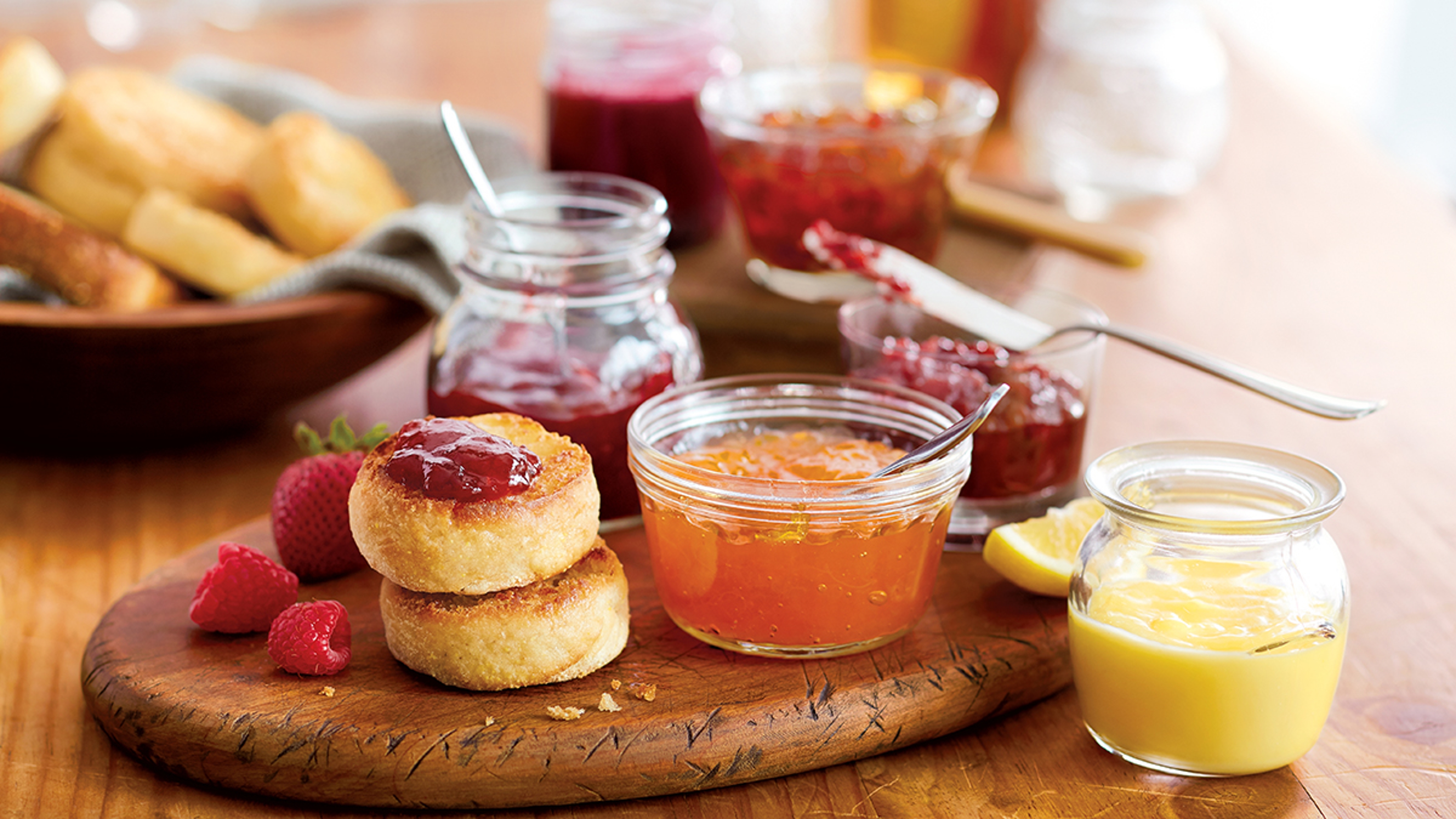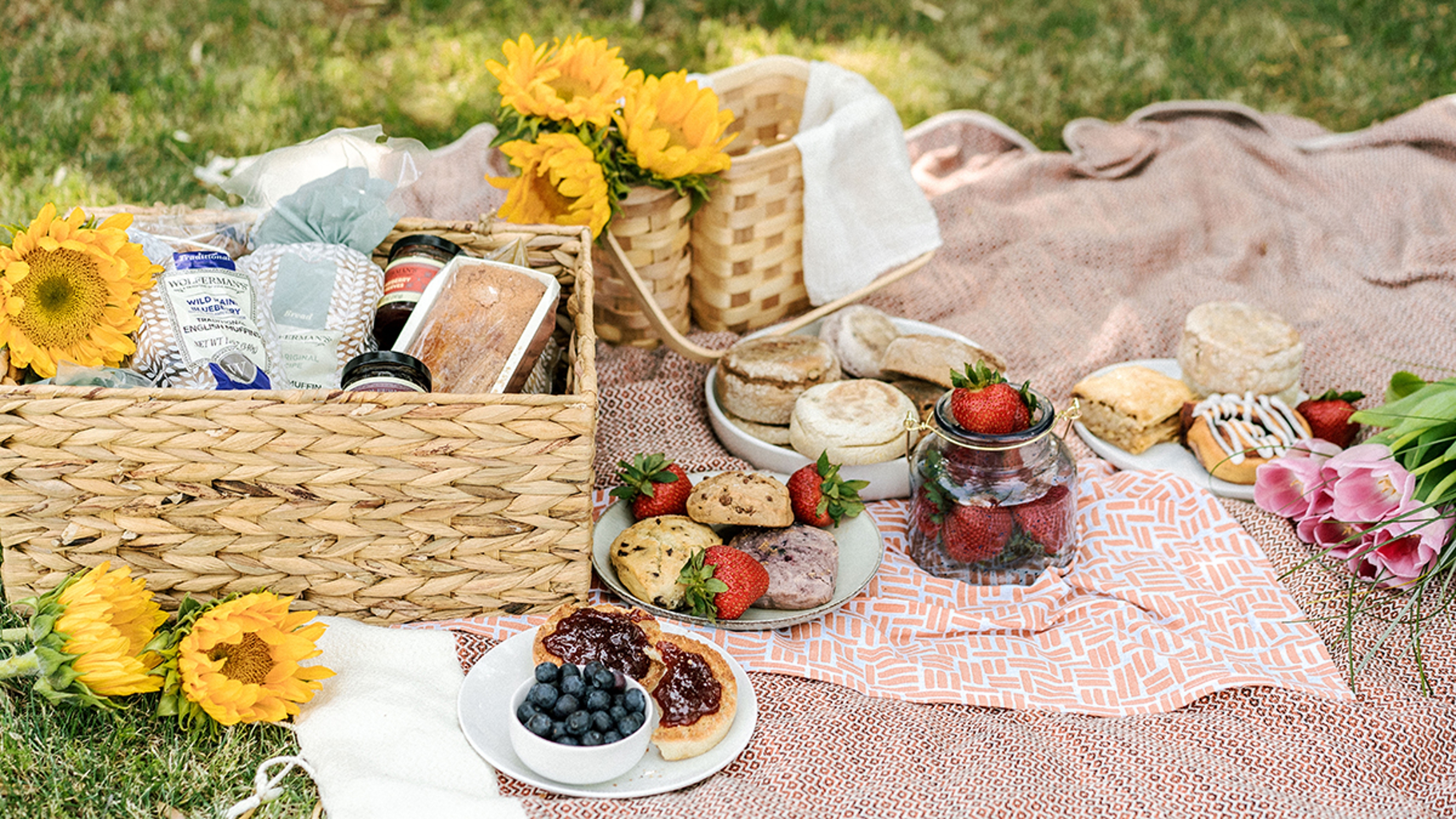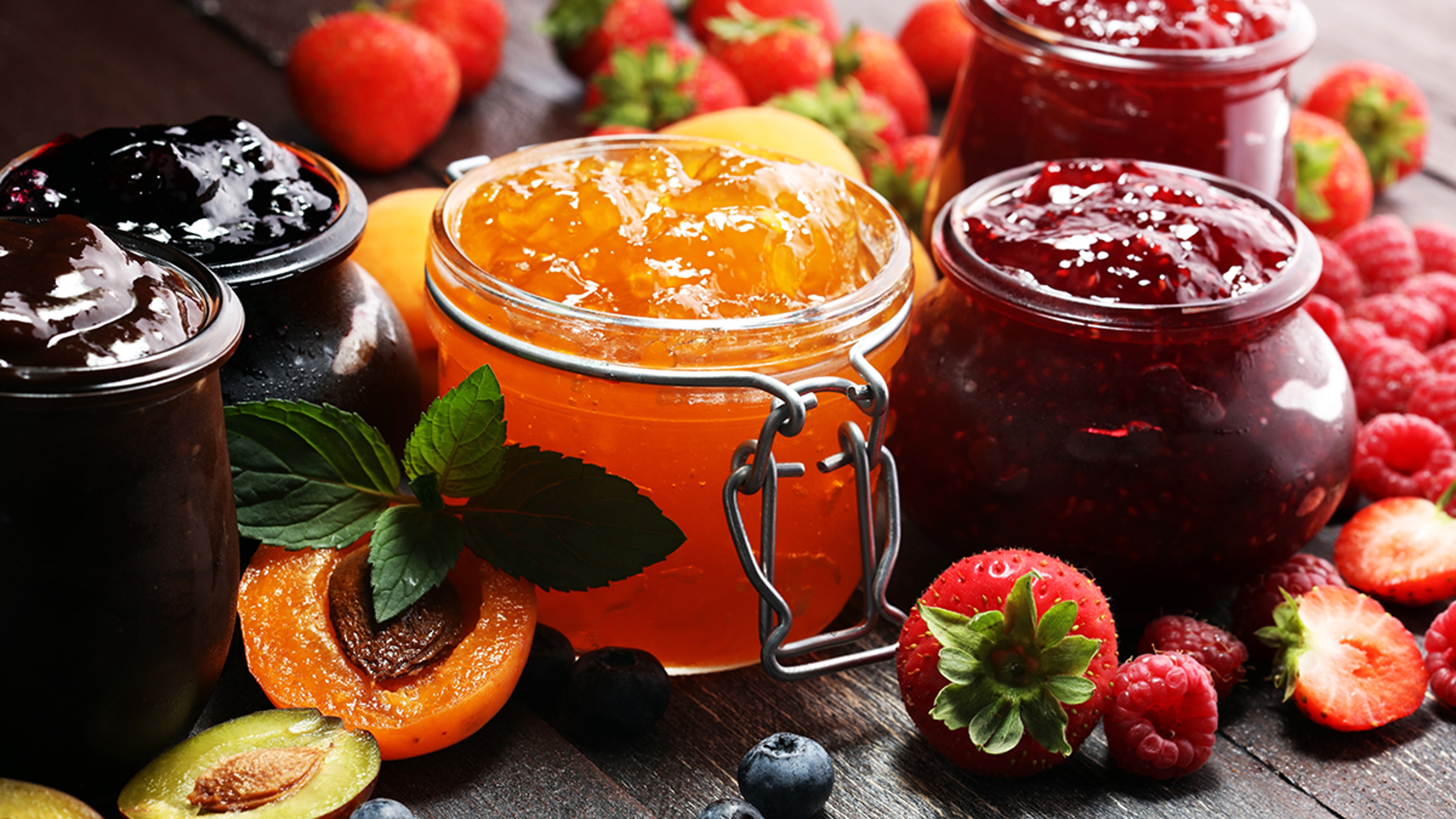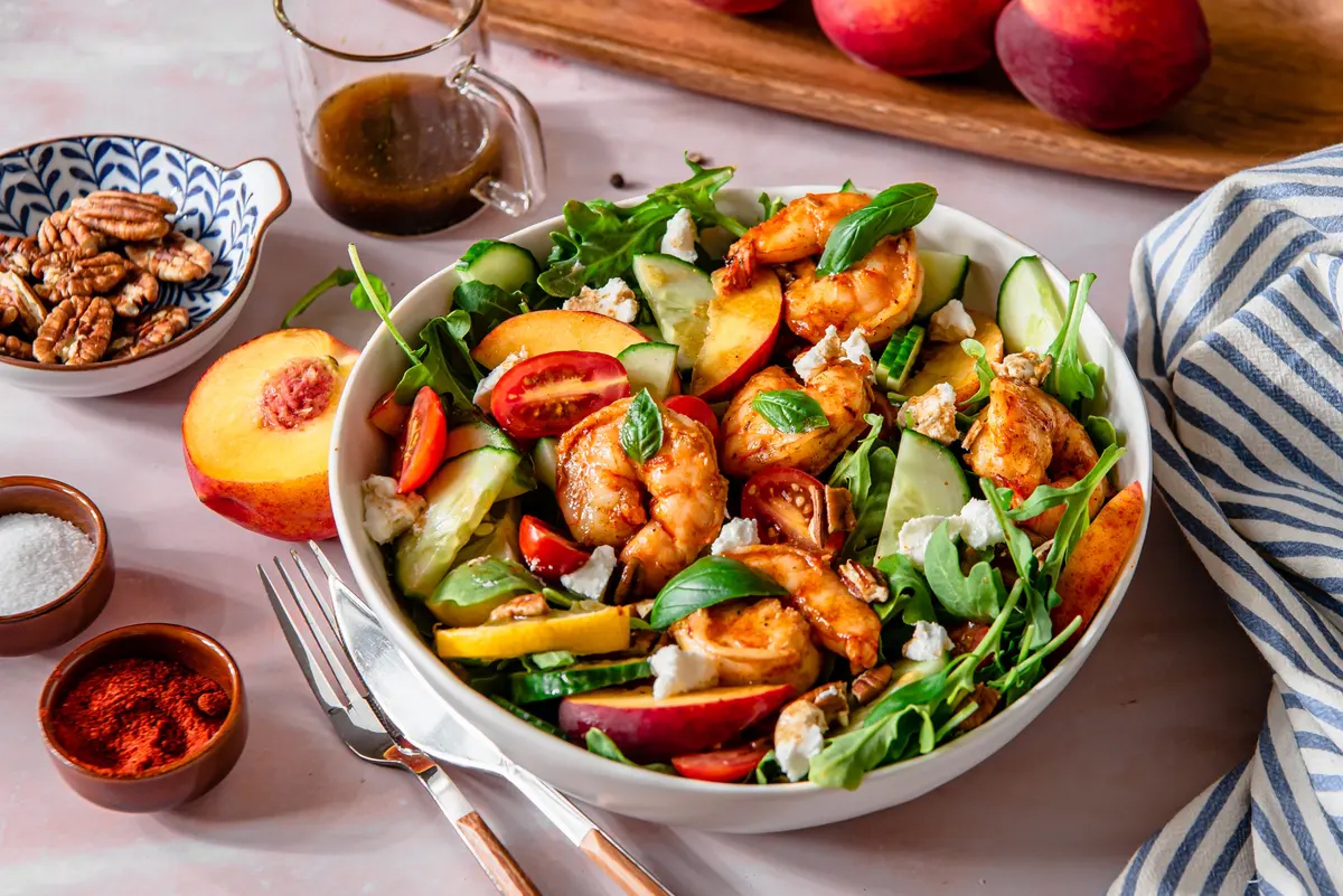Jelly vs. Jam vs. Preserves: What’s the Difference?
Find out which kind of spread offers your ideal consistency and taste.
Sep 20, 2024
Remember back in 2020 when people who were working from home craved convenient, easy-to-eat foods? Well, that helped boost the demand for jams, jellies and other preserves. Even with the increase in consumption, it did not change the most popular one.
Americans clearly have a favorite fruit spread flavor — strawberry has been the top pick for nearly a decade, regardless of how it's prepared, whether as jelly or jam, or other format.
If you've ever wondered how to tell the difference between the most popular toast-topping options, we've put together a detailed breakdown to help you.
Jelly vs. jam
Both jam and jelly are typically made with sugar and pectin, the latter of which is a starch that can be naturally derived from fruit or commercially produced. The preparation process, however — and end result — bear key differences, according to Linda Ziedrich, author of The Joy of Jams, Jellies, and Other Sweet Preserves.

“Jam is made of crushed or pureed fruit, whereas jelly is made from juice," Ziedrich says. “Jelly is really smooth on your tongue; you should be able to drop it out of the jar and have it stand upright — it should be kind of soft but still keep its shape. If you mash up a bunch of strawberries, jam is still going to have a lot of chunks."
Despite their separate consistencies, jams and jellies are generally used interchangeably in dishes, according to Tracey Brigman, Ph.D., associate director of The National Center for Home Food Preservation, a joint effort from the University of Georgia, Alabama A&M University, and the U.S. Department of Agriculture's Cooperative State Research, Education, and Extension Service.
“The texture is what normally defines which product is chosen for a given recipe," Brigman says. “Most bakers will use jams between cake layers or as an ingredient in cookies because of the chunky texture. Jellies are often used as fillings for pastries or as a key ingredient in meat glazes, salad dressings, and some sauces, due to [their] uniform texture."
Preserves
Fruit-based preserves are made with whole or cut fruit, offering an even lumpier, bumpier alternative to jam's small, mashed pieces of fruit.
“[Preserves are] going to have a soft texture," Ziedrich says. “The background to the fruit is going to be jelly or syrupy, or somewhere in between."
While preserves — which come in flavors ranging from raspberry to peach and fig — obviously go well on toast, they can also be added to pancakes and waffles, or just enjoyed on their own.
“In Greece, these kinds of things are eaten as spoon sweets," Ziedrich says. “You would have a spoonful of preserves with a cup of coffee or tea."
Marmalades
This citrus-based spread — essentially a jelly that contains a citrus peel — is primarily made with sweet oranges in the United States, according to Ziedrich. Other fruits can also be used but may produce a more tangy flavor.
“The texture and taste can make marmalade very bitter, and the bitterness nicely balances the sweetness," she says. “But some people don't like bitterness at all. If you use bitter oranges, which was probably the primary ingredient traditionally, or grapefruit, it's going to be pretty bitter."
The size of the bits of peel in marmalade can vary, and some varieties are dark or light, depending on how long they've been cooked.
“You could use [ones that involve] a more dark peel creatively in desserts," Ziedrich says. “As a cake filling, it can be wonderful, but its traditional use is on toast."
Chutneys & compotes
Chutneys can feature sweet flavors, such as apple and cherry, or have a more savory taste. While jams and jellies are primarily preserved with sugar, vinegar is also used to make chutneys, according to Brigman. As a result, she says, they're often considered savory spreads.
“Because of the acidic flavor, they provide a nice contrast to main dishes," she says.
Chutney is a tasty addition to turkey sandwiches, for example, or an entrée that contains curry; slathered on the popular Indian bread naan, it serves as a tart snack.
In fruit compotes — rich, gooey sauces that are sometimes used as a topping for sweet breakfast items, such as waffles — whole pieces of fruit are cooked in a sugar syrup without a thickening agent being added, according to Brigman.
Compote can also be served, Ziedrich says, as a dessert, dip, or side dish.
“It's not a jelly at all," she says. “Basically, it's something much wetter."
Conserves and fruit butters
Conserves, created by cooking sugar and more than one type of fruit — such as strawberries and blueberries — into a thick, jam-like mixture, are another spread format. Additional elements, such as citrus, raisins, nuts, or coconut, may also be mixed in.
Much like jam, jelly, and their fruit-based counterparts, conserves work well on toast, or they can be used as a marinade to enhance the flavor of meats and cheeses.

Fruit butters are another bread-friendly spread; apple and pear are popular flavors. Because fruit butters often are made with a hefty dose of spices, such as cinnamon, nutmeg, and cloves, they can offer a strong flavor — and a unique velvety, dense texture.
“Apple butter is cooked slowly, so you get this thick mixture that's not smooth in the way jelly is, because it's got all that apple in it but also doesn't have any lumps or chunks," Ziedrich says. “It's like applesauce that has been cooked down."
.svg?q=70&width=384&auto=webp)










